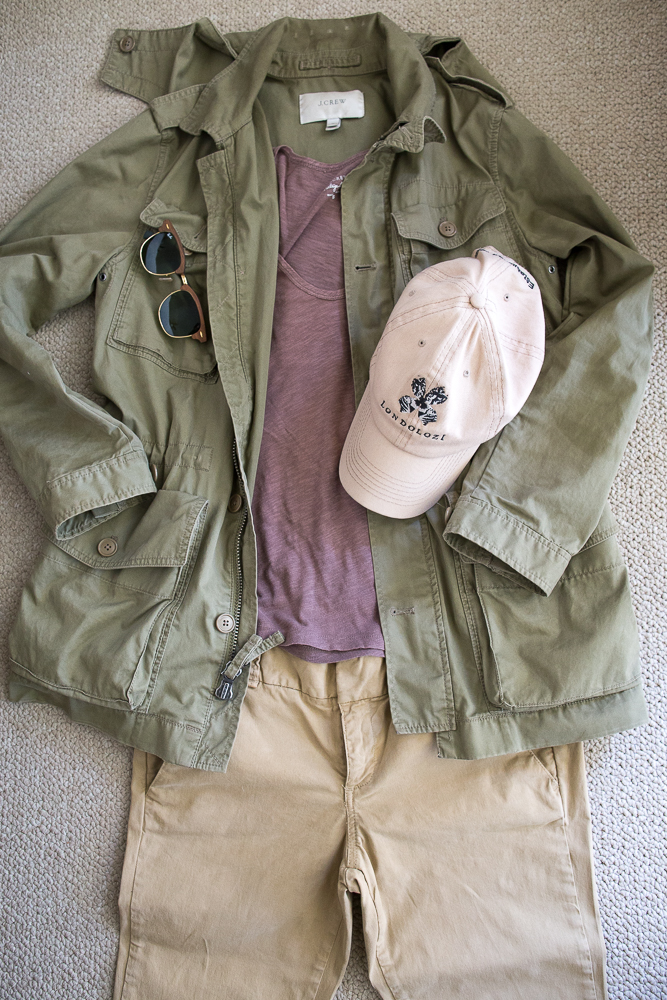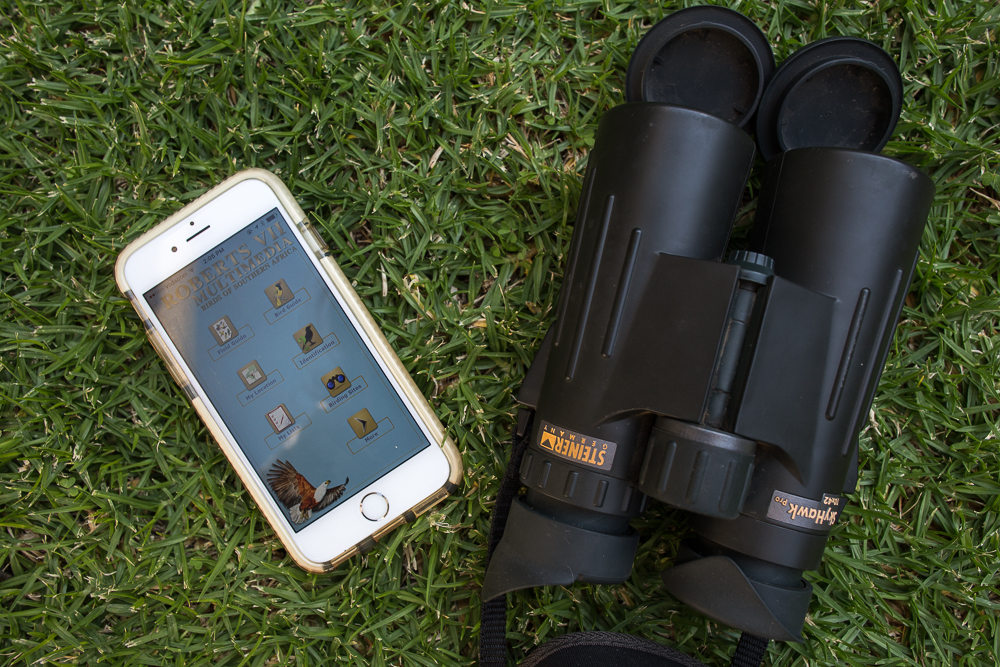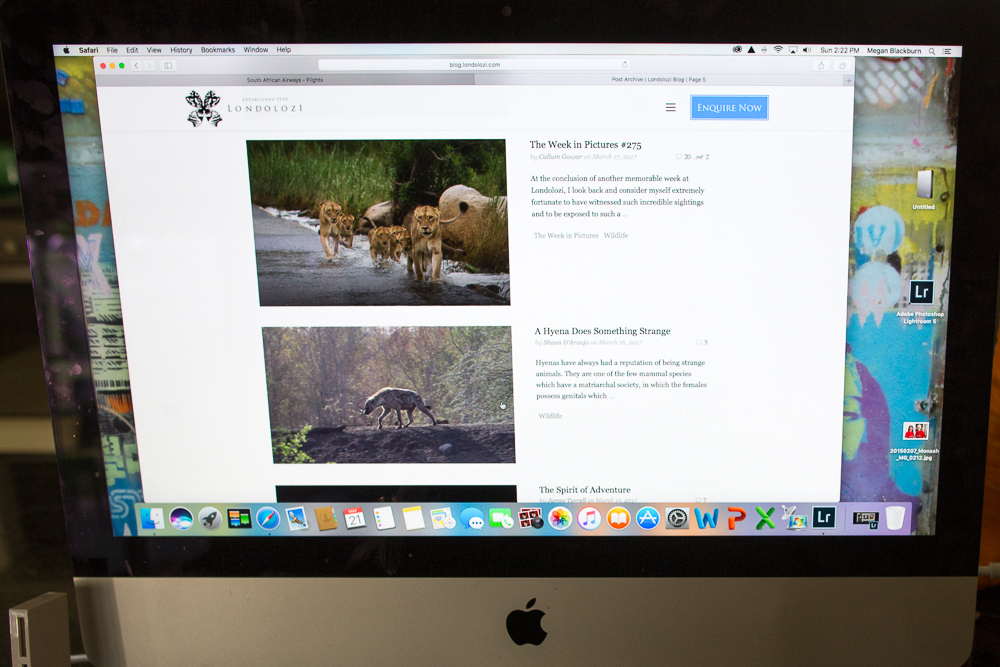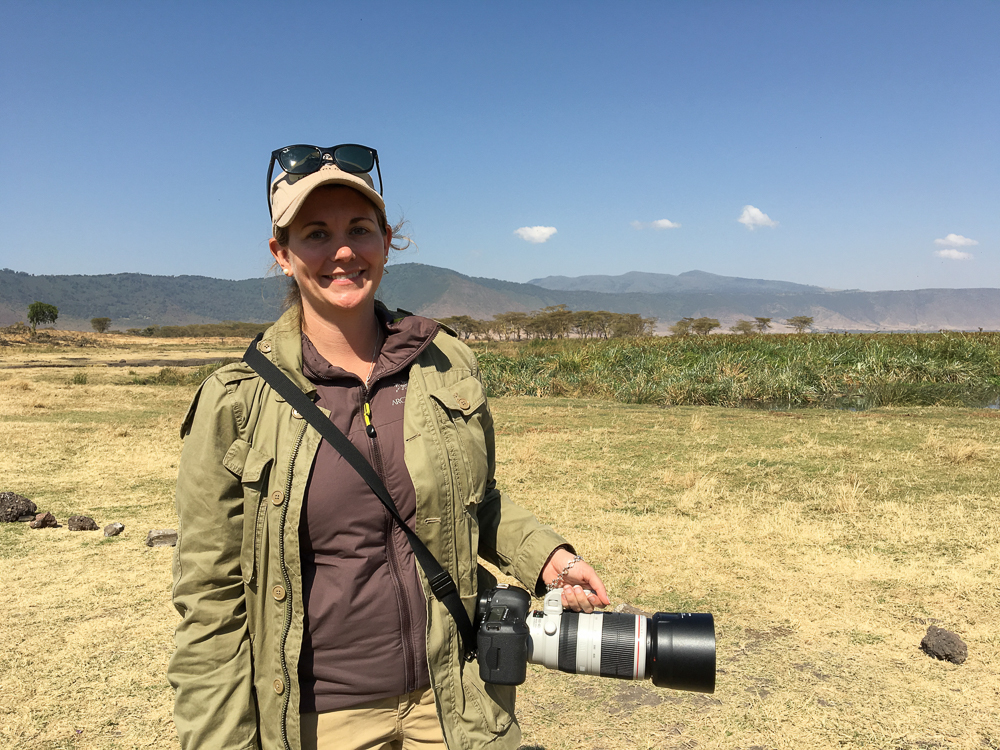
Eight Safari Tips to Ensure a Great Trip to the Bush
With a slew of friends and family members planning safaris to South Africa later this year (some for the first time) I decided to highlight eight safari tips to maximize your time in the bush. These eight safari tips are hardly exhaustive, but I hope they will adequate prepare anyone for an incredible experience.
Before You Go
Pack Layers
Perhaps the most important of my eight safari tips is guidance about what to pack. Summer days are warm and your clothing choices will be more about staying cool while protecting yourself from the blistering sun. The shoulder seasons of Spring and Autumn result in hot days but chilly mornings. Winter brings the cold, but there is always a possibility that during the day it may be warm enough to lay in your swimsuit by the pool. The key to being prepared for all weather possibilities – layers.
In summer and during the shoulder seasons, I wear a cotton tank or a t-shirt with shorts and a baseball cap. Then I layer on a long-sleeved linen or light-weight cotton button-down shirt to protect myself from the searing sun. I also carry a lightweight jacket which I rarely use, but am grateful for if starts raining as it can get quite chilly. Lodges will provide the best rain poncho ever so I often forgo packing rain gear. I also carry a light scarf which can be wrapped around my legs if it gets particularly chilly or used as added sun protection.
Winter is a different story. I dress like I am going downhill skiing. I often wear long underwear as a base layer. Then I layer a t-shirt, long-sleeved button down, fleece, and a down jacket. Gloves, a knit hat, and a wool scarf finish the look. Provided it is a sunny day, by the time you stop for a morning cup of coffee in the bush, you will be ready to shed at least half of your layers. And always pack a protective hat for when the sun finally peaks through.
Buy or Better Yet Rent/Borrow a Camera with a Good Telephoto LensDespite getting closer than you may have expected to animals whilst on safari, especially on private reserves where the animals have grown accustomed to vehicles, you will not be able to capture National Geographic worthy wildlife photos with a point and shoot camera or your iPhone. If you only want to print 4 x 6 prints, ignore the rest of this section. If you enjoy photography and would like to enlarge images to frame, post images on Instagram, or print a full page image in a photo book, keep reading. I recommend buying, renting, or borrowing a digital single reflex lens and telephoto lens. Keen photographers should use this as an opportunity to upgrade their equipment, while complete neophytes are better off renting or borrowing. If you are new to photography, take an introductory class and practice with the equipment you will be using in low light so that you are familiar with how your camera works. I promise that your iPhone or Smartphone is not going to cut it when photographing wildlife and I rarely use it for that purpose. That being said, your iPhone is great for creating wildlife videos, even better for capturing Africa’s dazzling sunrises and sunsets, and essential for candid family snaps.
Download Roberts Bird App on your Phone
Fully realizing most first time safari goers are more interested in the big five than birds, keep in mind birds in Southern Africa put their drab North American counterparts to shame. There are over 850 bird species in South Africa compared to 200 mammals and not all game drives are filled with big cat sighting after big cat sighting. Lite birding will make a quiet drive incredibly fulfilling. Instead of carting around a heavy bird book, download the Roberts Bird App on your phone for $49.99. When you see a bird with striking plumage or a bird of prey ask your guide to identify it and then look it up on your app to view more information, photos, and maps. You can even keep track of all of the birds you have spotted with the checklist function. Of course to truly appreciate the birds, you also will want a good pair of binoculars. Most guides will have a pair on the vehicle and they are always willing to pass them around, but you are better off bringing your own.
Do Your HomeworkMy fourth of eight safari tips is that many lodges have blogs or a social media presence where you can learn what is happening on the property. When making a reservation I undertake a hefty amount of research. I derive great pleasure from planning and before I book I want to know what the rooms look like, which activities are offered, and most importantly what type of animals are most common in the area. You want to know that an area is famed for elephant or if you dying to see a cheetah that you travel to a location where they are more common. Then, a few months before I depart I start following the lodge on social media. The week before I leave I search Twitter and Instagram for other guests’ photos. All of this research helps me envsion the photographic conditions I might encounter or think about they type of shots I would like to bank. Doing your homework is also helpful to know whether any unusual animals or young cubs have been seen in the area recently.
When You ArriveWhat to Take on Game Drive
You likely spent hours obsessing over what to pack, but equally important is what to take with you on game drive. A simple backpack or tote with a zip that you don’t mind getting dirty or wet will suffice. I suggest packing this bag as your carry-on. Sometimes the lodge can be 45 minutes or longer away from the airstrip and if you are in an open vehicle, you will be glad to have the following handy as your drive to the lodge may turn into a mini-game drive. I always take a hat, sunglasses, long sleeved shirt, jacket, scarf (also hand to wrap around your camera to keep the dust at bay) camera equipment, an extra camera battery, extra memory card, a cloth to wipe dust off the camera lens, binoculars, a cell phone (set to silent), lip balm with SPF, sunscreen, bug spray, tissues, and hand sanitizer on drive. The last items few items are placed in a plastic bag for easy access and to prevent spills on my precious camera equipment.
It’s Not All About the Big Five
There is more to safari than the Big Five. On a drive in December, we spent over 30 minutes watching male weaver birds building nests. Every time a female weaver flew nearby these brightly colored yellow birds all clung upside-down or on the side of their nests and flapped their wings vigorously hoping to catch the attention of the female. It was incredibly fascinating and humorous to watch. While the Big Five (minus the rather cow-like Cape Buffalo) are likely to be the highlight sightings of your trip, the small things are equally incredible and important contributors to the local ecology. Ask your guide about termites or how a wildebeest can jumpstart the creation of a water pan. Safari is about experiencing the smells, sounds, and magnificent sights of the bush likely in an environment unlike anything you have experienced before. Take a moment to be awed by nature and if walking is an activity on offer, do it. You will not regret the opportunity to see the bush without the din of the vehicle in the background.
If You Need a Bush Toliet, Speak Up or Be SorryIf you need to go to the bathroom, ask your guide to find a nice bush. If you think that you can wait until you get back to the lodge, you may rue that decision. I had to go to the bathroom after imbibing a gin and tonic at a drink stop, but our guide had told us we were 20 minutes from the lodge so I elected to wait it out. Then over the radio came the news that a mating pair of leopards had been found. Leopards were relatively rare in the area and mating ones even rarer. No matter that it was night and they were in a thick area, we spent the next hour listening to their snarls as they mated in the dark. It would have been an amazing sighting, but I was miserable and could not enjoy the moment. When our guide asked if we should head back to camp or stay with them a while longer, I didn’t let anyone else answer. “Go back,” I nearly shouted. When we were safely away from the leopards, I had to ask the ranger to stop immediately as there is no way I could survived a bumpy ride home with a full bladder.
Remember to Tip
The last of my eight safari tips, is to recognize your guide, tracker, and butler with a good tip. Your guide, tracker, and butler work on gratuities. Like restaurant servers, they receive a small monthly salary and rely on tips to make a living. The guidance you receive of $20 for your ranger/guide; $15 for your tracker and butler; and $15 a day for general camp staff (per room and per day) is the bare minimum amount you should leave. Keep in mind your ranger/tracker team are spending six or more hours of their day with you and as a comparison you would likely tip restaurant servers more for a two hour meal. If you received exceptional service, tip extra. If a particular staff member made your stay special, from a chef to a camp manager, leave a separate gratuity to thank them. If you come from a country where tipping is not the norm, please remember that these are people’s livelihoods and not tipping on principle is rather selfish. Many of the camp staff, especially your ranger and tracker team have worked tirelessly to ensure that you had a phenomenal time in the bush (in ways that you are unlikely to even be aware of) it is only right to recognize them for their hard work. And, if you request a private safari vehicle, tip as if the vehicle were full – i.e. a minimum of $60 a day for your ranger/guide.
For me there is no greater vacation, than going on safari. Hopefully these eight safari tips will ensure that you are adequately prepared for your trip and that you have a great time once you arrive.








Seems I’m going to need a bigger suitcase for my August treat 🙂 Thanks for the very useful tips, Megan. xx
Another fantastic blog my love! I am so proud of you and so unbelievably honoured to call you my girlfriend! I love you! ❤
Megan, Great information.
This is great information for those of us thinking a head a few years to a possible safari trip… thank you!
You have shared a very good source of information and I have learnt a lot of new things and the tips during safari and you have posted this blog for the good work.